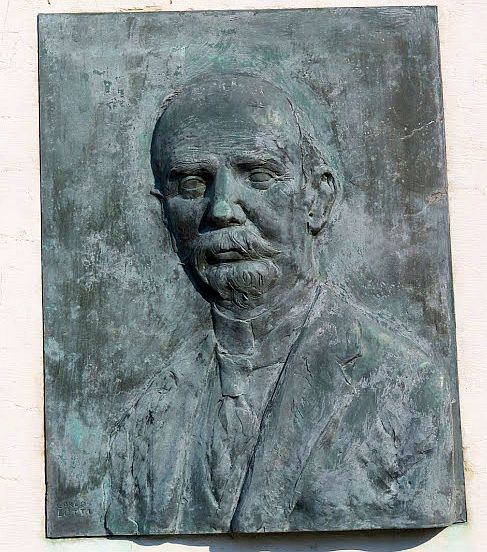
January 27 is International Holocaust Remembrance Day. Unfortunately today is also the beginning of Carnival, which makes anybody who cares even a little bit about one or the other — or worse, both — feel a tad awkward.
But I’m proceeding with Remembrance Day because it is an especially appropriate moment to remember doctor and professor Giuseppe Jona, once known as the “doctor of the poor” for his charitable care of indigent Venetians of every, or no, creed.
He didn’t limit his attention only to sickbeds. Among many other things, he was also the president of the Jewish community, and on September 15, 1943 he cared for his endangered people by making the ultimate sacrifice. In a sense he was killed by the Nazi occupiers of Venice, but he got one step ahead of them.
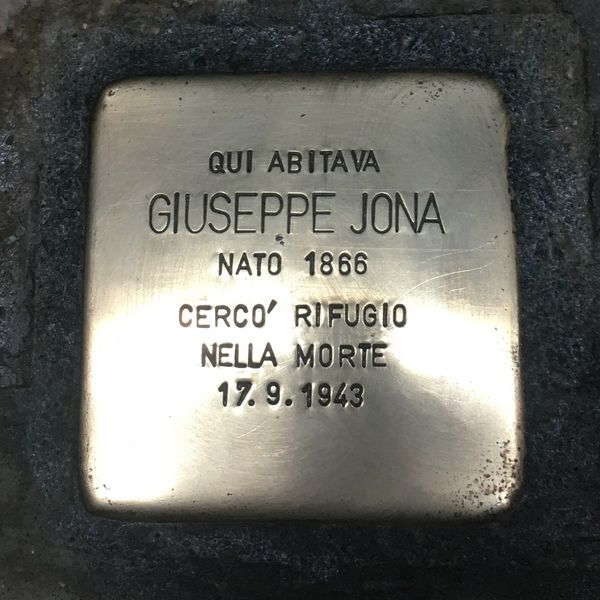
No need for me to be melodramatic. The facts are enough to delineate a person whom it’s unlikely anyone reading this could imagine emulating, but who must never be forgotten.
Giuseppe Jona (pronounced YOH-na) was born in Venice in 1866, the fourth of five children of a middle-class Jewish family, his father a doctor. He graduated from the University of Padova in Medicine, and served as professor of Anatomy at Padova as well as working at Venice’s hospital. Over the course of 40 years he became head of the department of Pathology (1905 – 1912), and Medicine (1912-1936).
Unmarried, he “lived for his brothers and nieces/nephews,” says one article about him, “for his students and colleagues, for social projects and scientific research.” Above all, he was dedicated to developing young doctors at the hospital’s “Practical School of Medicine and Surgery,” founded in 1863 to enable department heads to prepare young doctors by taking them on rounds in the wards. He also introduced a methodic approach to performing autopsies, and served as an auxiliary doctor in military hospitals during World War I.
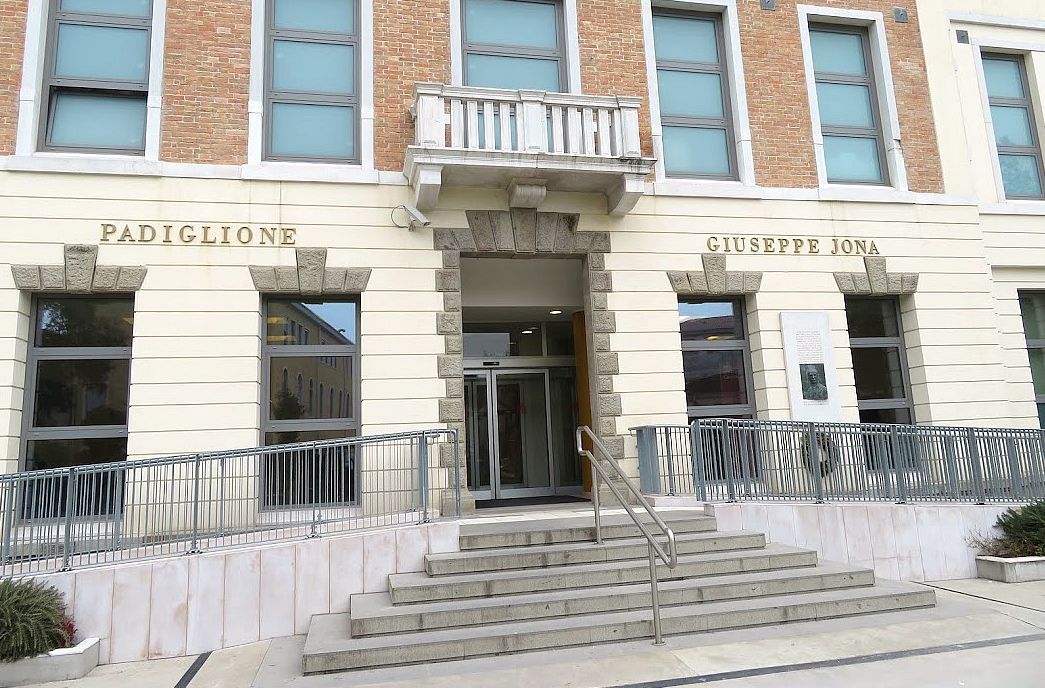
His world stretched far beyond medicine, though. He became a member of the Istituto Veneto di Scienze Lettere ed Arti, and was president of the Ateneo Veneto (the supreme intellectual group in Venice, I’m going to say) from 1921 to 1924. He founded a circulating library. He founded a museum of anatomy at the city hospital. I’m leaving out enormous masses of information but the point is that he was known and esteemed by Venetians in many different fields and levels.
Now we get to the heart of the man. Along with his sister, he always sought out the neediest patients in several hospitals, convinced that it was a human obligation to try to mitigate social inequality regardless of religion or belief. He then opened a medical studio where he treated the poorest patients free of charge. He came to be commonly referred to as “the doctor of the poor.”
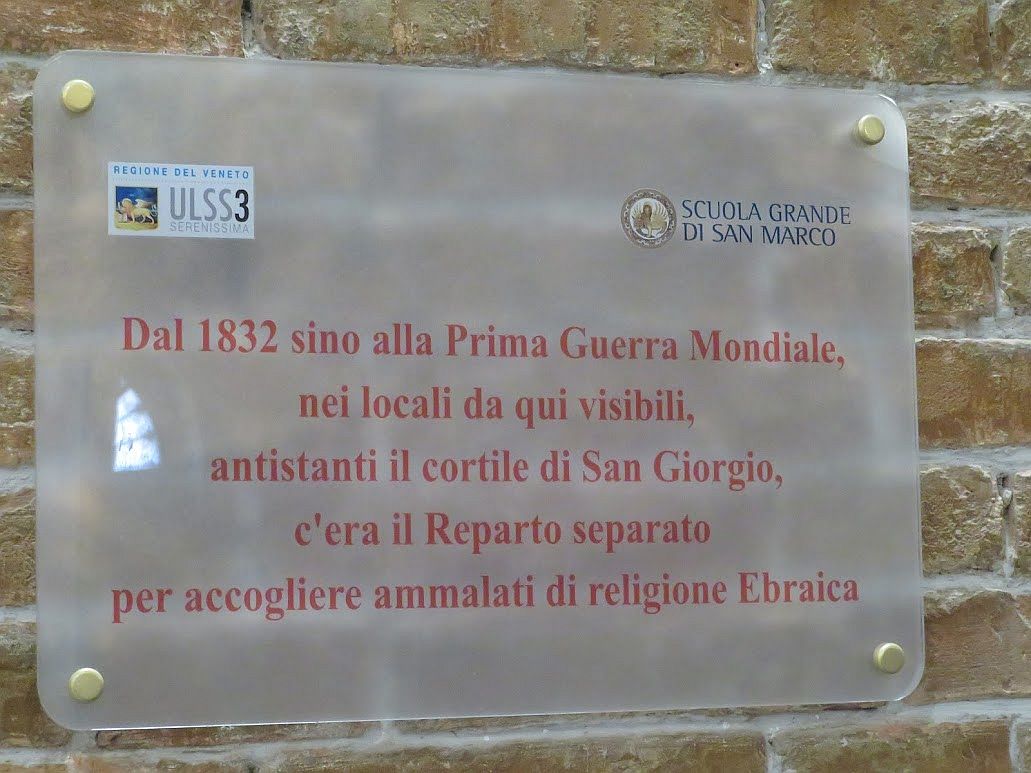
He resigned his position at the hospital in 1936, probably intuiting that what became the “racial laws” in 1938 were already on the horizon, edicts that would have required his expulsion from the hospital, followed by expulsion from the scientific and cultural institutions to which he belonged. In 1940, along with every other Jewish physician, his name was removed from the official register of doctors, thus being forbidden to care for any patients whatever. (He continued to visit them at night, wrapped in a vast cloak and hat.)
At that moment, the rabbi and council of the Jewish congregation, perfectly aware that Jona had never attended the synagogue and wasn’t known even to be a believer, elected him as president of the Jewish community. With his sensitivity to ethics and as a sign of respect to his parents, he accepted.
Of course matters became steadily worse. Friends and colleagues urged him to leave Venice and flee to hiding in the countryside; he refused.
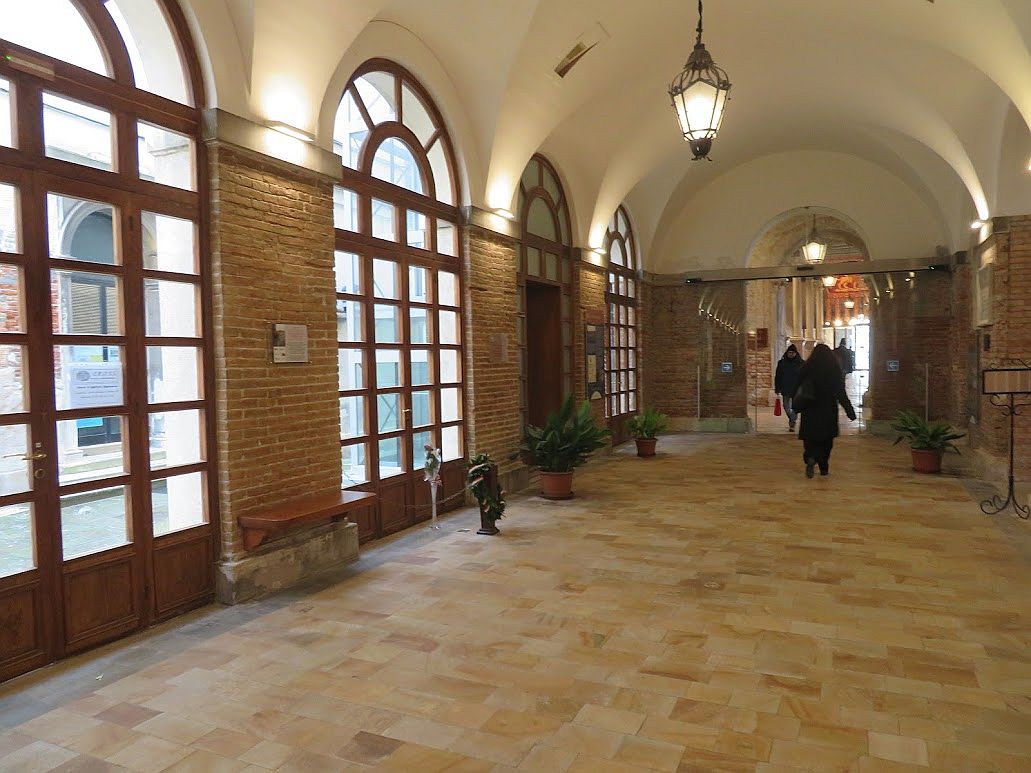
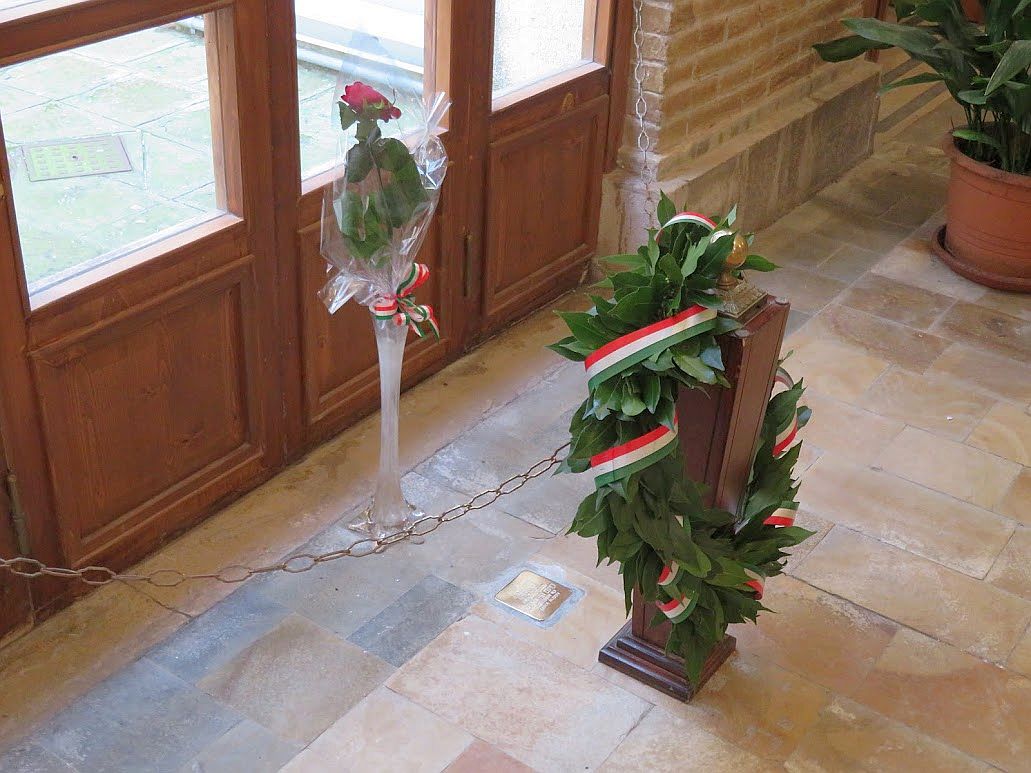
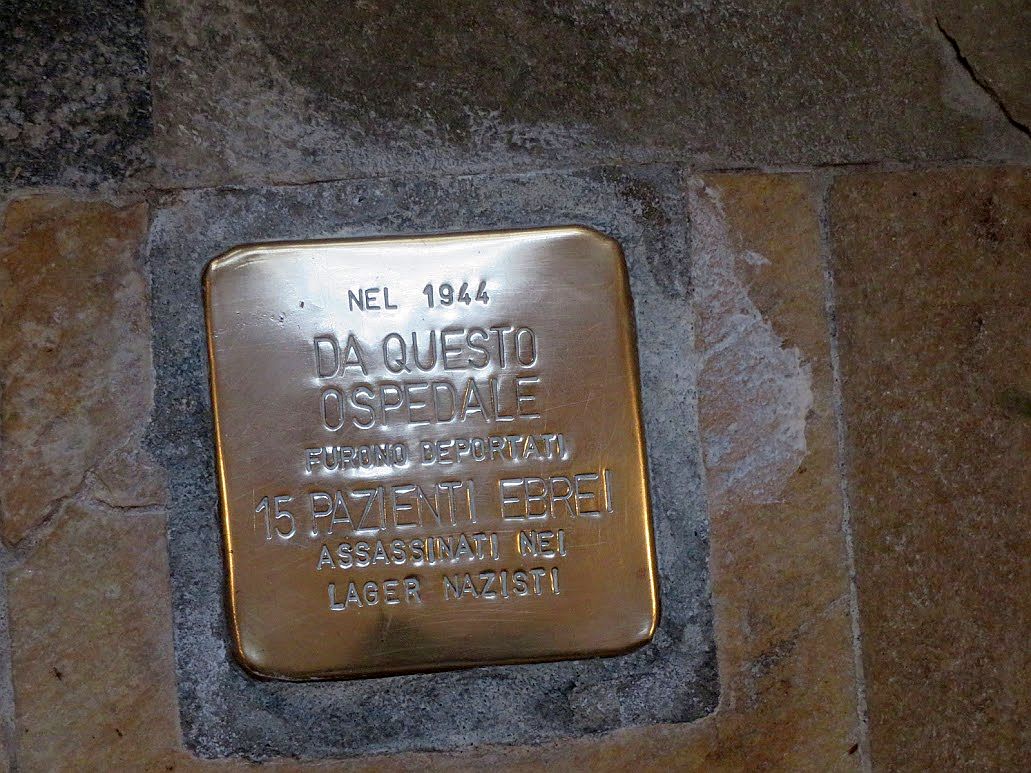
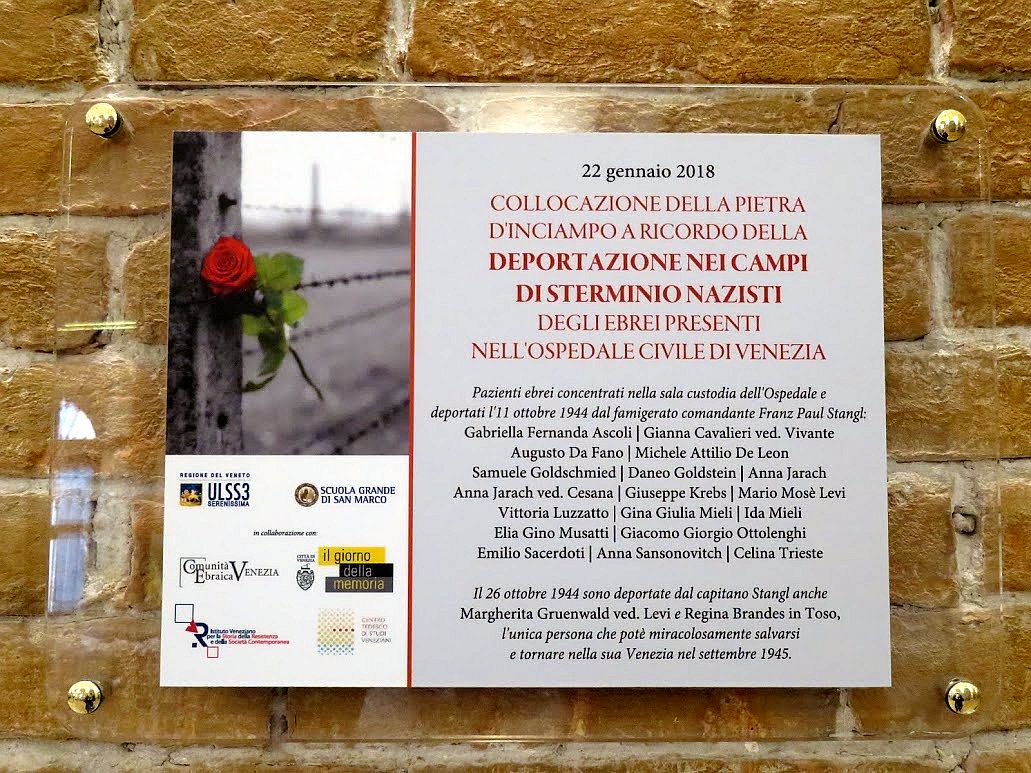
In the autumn of 1943 the Nazi occupiers, under orders from Captain Franz Stangl (already commandant of the Treblinka extermination camp), ordered Jona to submit the names and addresses of the 1,350 Jews in Venice. Their fate was essentially sealed.
Giuseppe Jona had already written his will, in his tiny, precise handwriting, leaving his 1,684 books to the city hospital, and his money and belongings to an extraordinary assortment of groups and organizations serving the poor and needy. He also made a bequest to the family’s elderly servants, who could never have found other income.
It was the night of September 15, 1943. Certain that he would not be able to withstand the torture that would follow his refusal to provide the list, he destroyed every document that could identify members of the community. And then he gave himself a fatal overdose of morphine. His body was found on the 16th, and the death registered on September 17. The entire city was in an uproar; the startled Germans forbade a funeral cortege and basically waited for it all to blow over.
And the 1,350 Jews on the list? In some manner he had enabled 1,100 of them to escape.
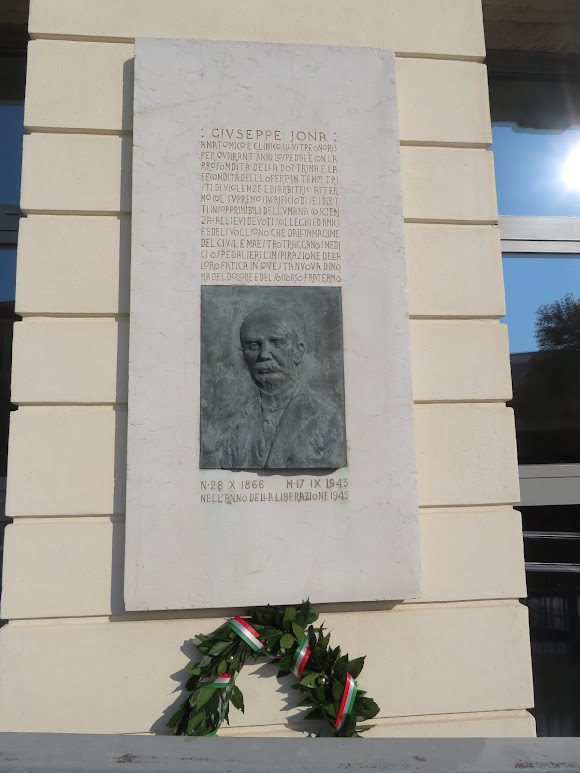
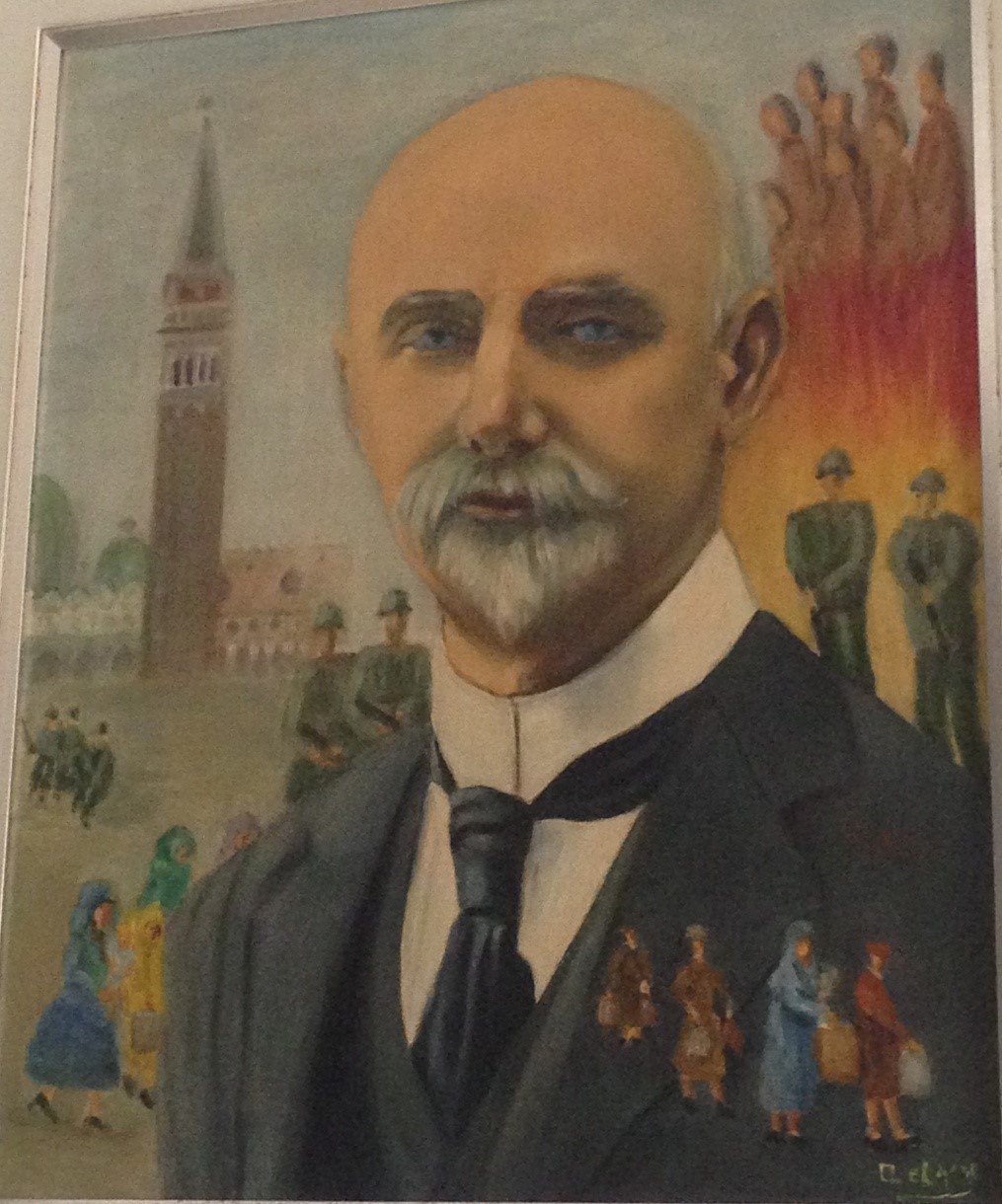

24 Comments
Such posts are so important. Thank you so much Erla- Enjoy Carnivale while we also remember people and events that continue to matter.
Thank you for remembering this exemplary man, Erla.
Thank you.
Thank you, Erla. This is truly inspiring. At a time when ethnic hatreds seem so widespread in the world, we need to be reminded of persons like Giuseppe Jona who exemplify the best of humanity. 🙏
Thank you for the remembrance and tribute, Erla.
Pace al giusto dottor Jona. Che mai dimenticheremo.
This is so humbling and inspiring. Grazie!
Thank you for this story of an extraordinary man.
It is wonderful to be able to read your work again! Thank you for submitting this. It is a crucial piece of history I did not know. This will enhance my next visit to Venice, and add to my journey.
Thank you for this piece.
Thank you for telling us about this man and reminding us of that time. So many of us work diligently (me in small ways), to reverse fascist and king-making tendencies of modern politics. World news and human efforts are sometimes worrisome and uncertain. It is grounding to read of such blistering clarity of action. It’s important to have learned of his life and his sacrifice.
Thank you for this. It is important to remember and I will make a point of stopping by the Pavilion on my next visit to Venice.
A lovely tribute—thank you, Erla!
What a heart-warming/ heartbreaking story. Humans at their best and worst. Thank you Erla.
Another lovely post, Erla. I don’t know if you have read it but David Hewson bases one of his main characters in his very moving novel ‘Garden of Angels’ on Dr Jona. Thank you for reminding us of the real man, a true hero of Venice and far beyond.
A real hero, unknown to me until I read your post. Thank you.
Thank you Erla for this beautiful and important post. Although I am a Venetian, I was not aware of many of the details that you recount about Jona’s life – and courageous, admirable act of self-sacrifice in 1944.
Bigotry — of all kinds — seems never to stop, and I’m afraid the world is entering a phase of more and worse. This is a sobering account. Thank you for telling this story.
A wonderful tribute. Well deserved.
A great tribute to a truly wonderful human being. In these darkening times, we need to be reminded that goodness and humanity are still possible. Thank you so much for this.
Wonderful tribute for an exceptional man!
thank you!!
The “Train” relief mural in the Ghetto is also so moving. I did not know of this man, thank you for telling me his story.
Yes, the relief of the train being loaded, wtih all the names and dates of the individuals deported inscribed below it, is very moving. There is another memorial by the same artist, Arbit Blatas, comprising a group of 7 bronze relief plaques, on a wall to the left of the Nursing Home in the Campo Ghetto Nuovo. https://en.wikipedia.org/wiki/Arbit_Blatas
Thanks for sharing this history of a hero of a a very sad time in our history. We need heroes also in this uncertain time that we live in.
Wonderful piece.
Wonderful man (and sister)
Thanks for this one Erla!